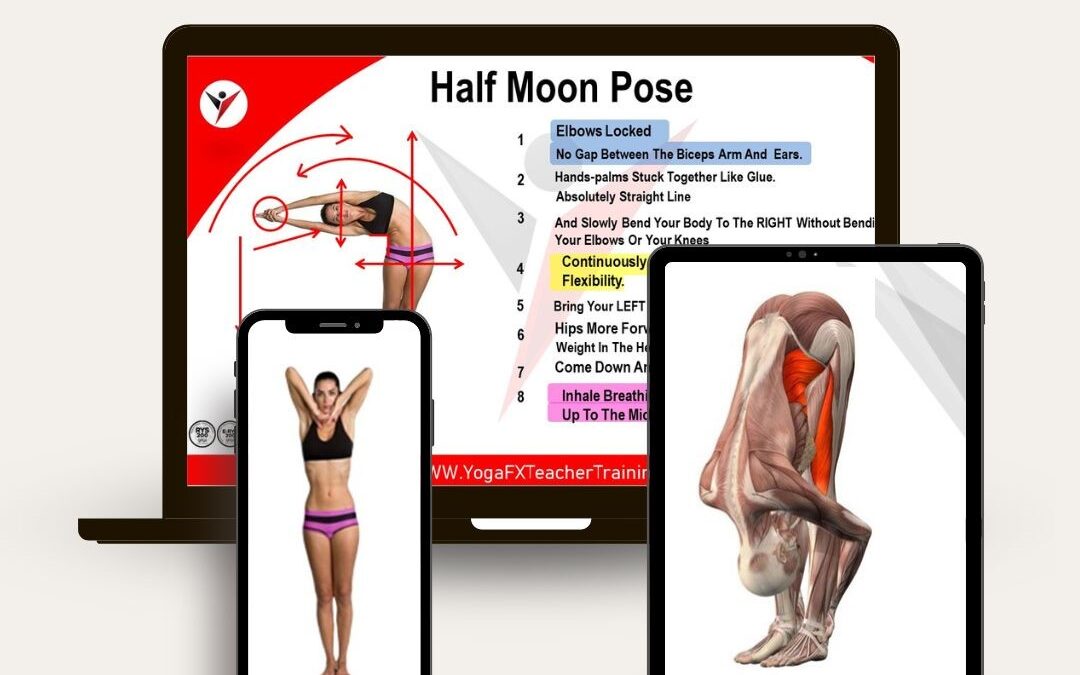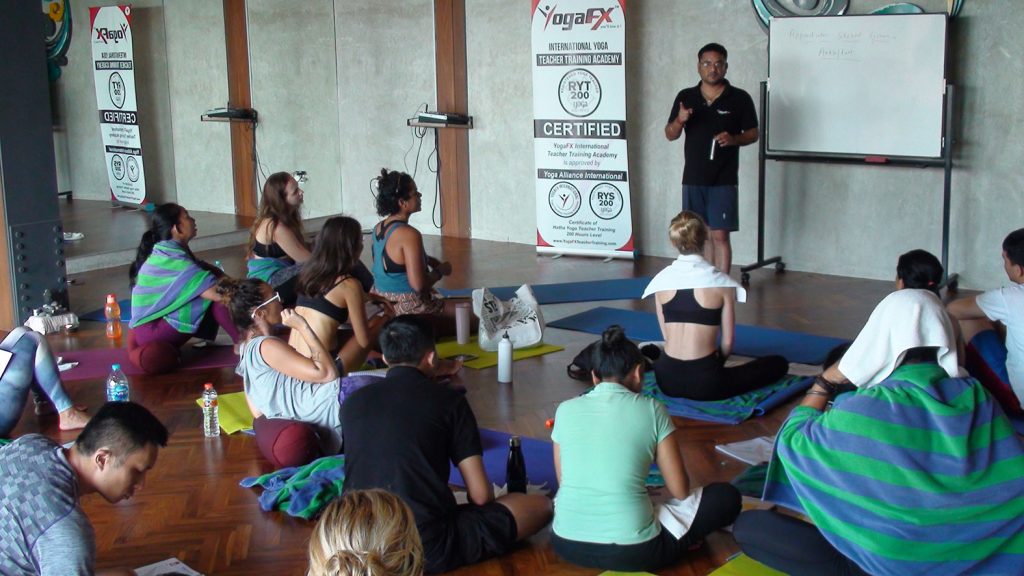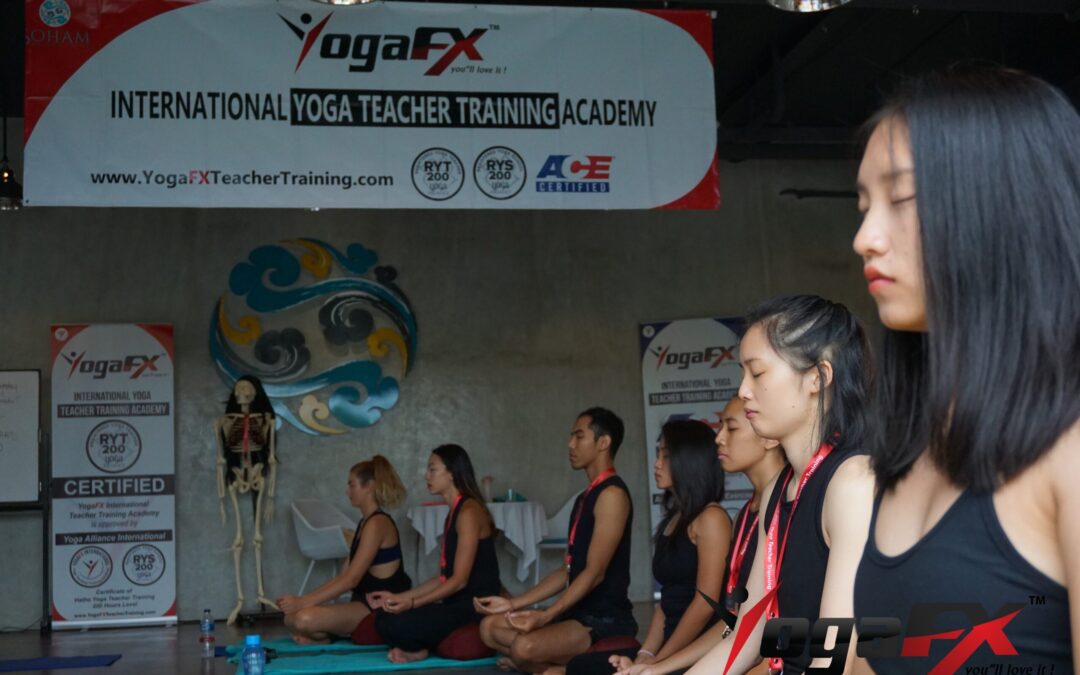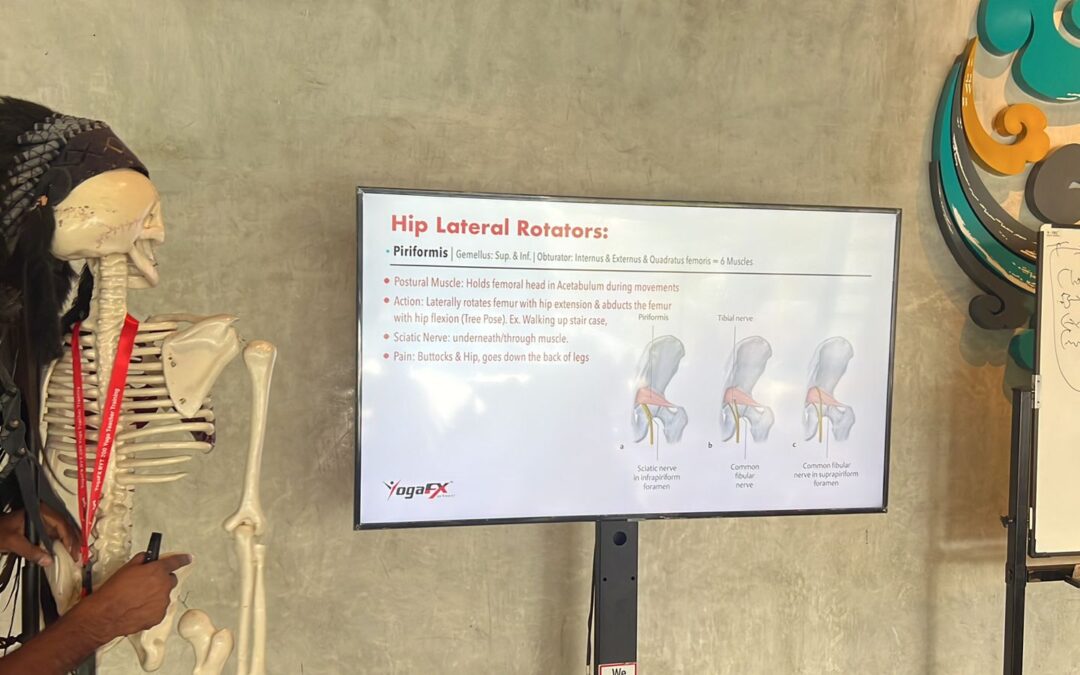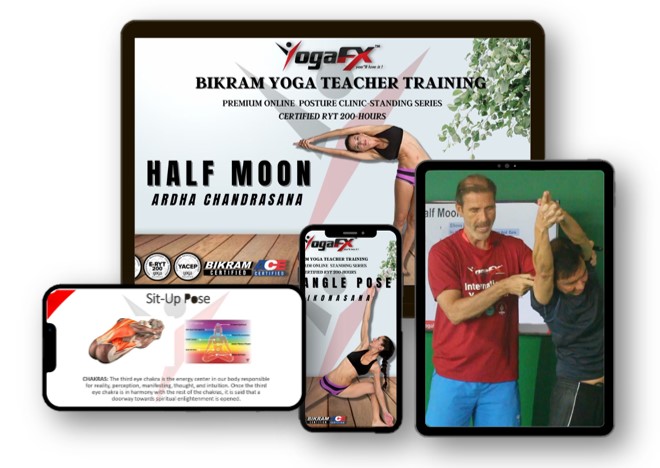What is hot yoga? If you’ve heard the term but aren’t quite sure what it entails, you’re in the right place. Hot yoga has gained significant popularity in recent years, offering a unique and invigorating twist to the traditional practice of yoga. In this article, we will explore the essence of hot yoga, uncover its benefits, and provide insights into what you can expect from a hot yoga class. Whether you’re a seasoned yogi or a curious beginner, let’s embark on this journey of understanding and discover the transformative power of hot yoga.
Hot yoga is a yoga practice performed in a heated room, typically ranging from 90 to 105 degrees Fahrenheit (32 to 40 degrees Celsius). The elevated temperature is believed to enhance the benefits of the practice by promoting increased flexibility, detoxification, and improved cardiovascular health. Hot yoga encompasses various styles, including the popular Bikram yoga and 26 and 2 yoga, which consist of a fixed sequence of 26 poses and 2 breathing exercises.
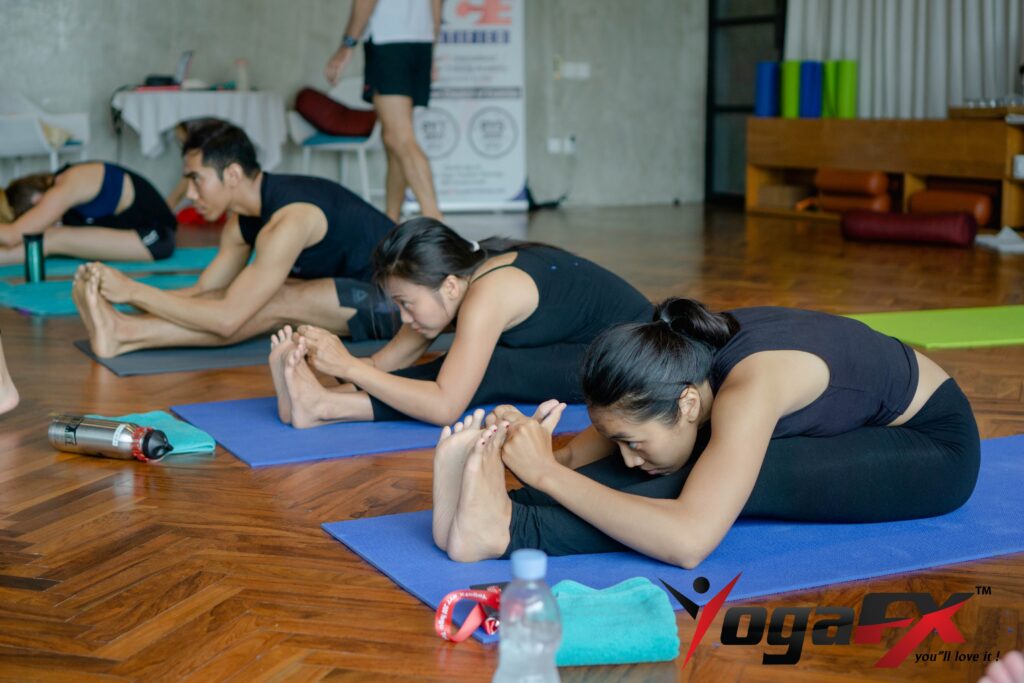
Benefits of Hot Yoga
The practice of hot yoga offers numerous benefits for both the body and mind. Here are some of the key advantages:
1. Detoxification and Increased Sweat Production:
The heat in a hot yoga class promotes sweating, which aids in the release of toxins from the body. Sweating is the body’s natural way of eliminating impurities and cleansing the skin. The elevated temperature of the room intensifies this process, providing a deeper detoxification experience.
2. Enhanced Flexibility and Deepened Stretches:
The warmth of the room in hot yoga helps relax the muscles, making them more pliable and receptive to stretching. This increased flexibility allows for deeper stretches, helping to improve overall flexibility and range of motion over time. The heat also helps to prevent muscle strains or injuries that may occur during colder or less heated yoga practices.
3. Improved Cardiovascular Health and Endurance:
The combination of heat and physical intensity in hot yoga classes elevates the heart rate and provides a cardiovascular workout. The practice increases blood circulation, improves heart health, and enhances overall endurance. Regular hot yoga practice can lead to improved cardiovascular fitness and stamina.
4. Increased Calorie Burn and Potential for Weight Loss:
The heat and intensity of hot yoga contribute to increased calorie expenditure during the practice. The body works harder to regulate its core temperature, resulting in a higher metabolic rate and increased calorie burn. Regular practice, combined with a balanced diet, may support weight loss efforts.
5. Mental and Emotional Benefits:
Hot yoga is not just a physical practice; it also offers mental and emotional benefits. The challenging poses combined with the heat create a unique environment that promotes mental focus, concentration, and presence. The practice can help reduce stress, anxiety, and depression, leaving practitioners with a sense of calm and mental clarity.
“The Past Is More Addictive Than The Future”
The Hot Yoga Experience
A typical hot yoga class follows a specific structure designed to maximize the benefits of the practice. The sequence of poses may vary depending on the style of hot yoga being practiced, but there are common elements you can expect to experience:
1. Warm-up:
The class begins with a warm-up phase to gradually prepare the body for the heat and intensity of the practice. This phase typically includes gentle stretching, deep breathing exercises, and warm-up poses to activate the muscles and joints.
2. Dynamic Poses:
The main part of the class consists of a series of dynamic poses and movements. These poses are carefully sequenced to target different areas of the body, promoting strength, flexibility, and balance. The heat of the room enhances the benefits of these poses by increasing blood flow, allowing for deeper stretching and strengthening of the muscles.
3. Balancing and Standing Poses:
Hot yoga classes often incorporate balancing and standing poses that challenge stability, focus, and alignment. These poses require mental concentration and physical engagement, promoting body awareness and strengthening the core muscles.
4. Floor Poses:
The class transitions to floor poses, which are often seated or reclined poses that focus on flexibility, relaxation, and deep stretching. These poses help to calm the mind and release tension in the body.
5. Final Relaxation:
The class concludes with a final relaxation pose, typically Savasana (Corpse Pose). This is a period of complete relaxation and stillness, allowing the body to integrate the benefits of the practice and enter a state of deep rest.
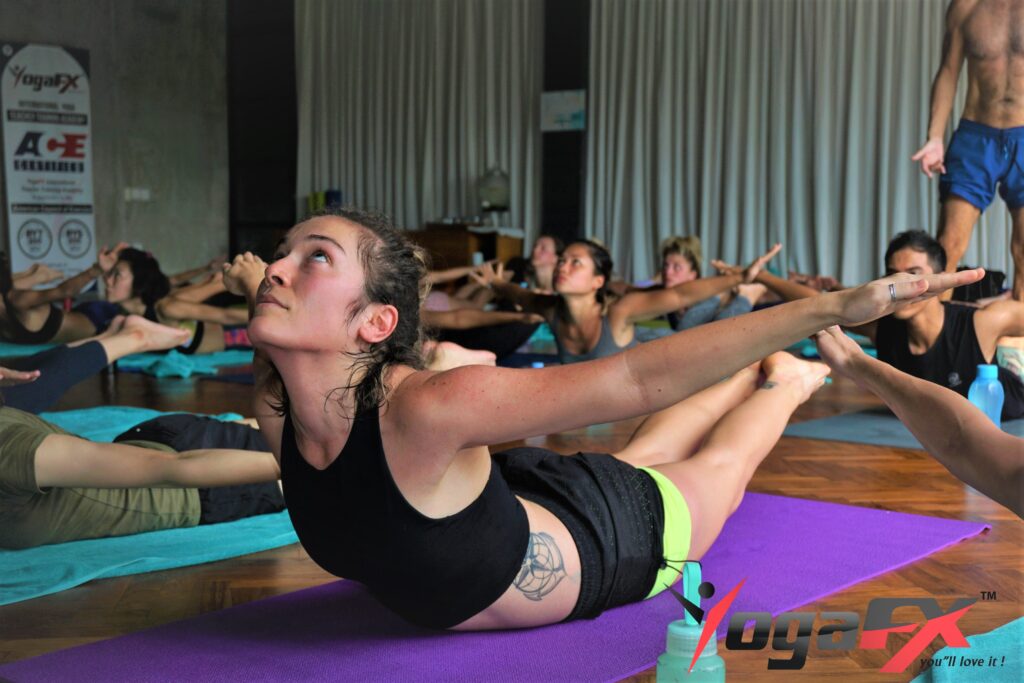
Precautions and Safety Considerations
Before starting hot yoga or any intense physical activity, it is important to consider certain precautions and safety measures:
1. Consult with a Healthcare Professional:
If you have any underlying health conditions or concerns, it is advisable to consult with a healthcare professional before starting yoga. They can provide guidance on whether yoga is suitable for you or if modifications are necessary.
2. Stay Hydrated:
The heated environment in hot yoga classes leads to increased sweating, which can cause dehydration if not properly managed. It is crucial to drink water before, during, and after the practice to maintain proper hydration levels.
3. Listen to Your Body:
During a hot yoga class, it is essential to listen to your body’s cues and respect your limits. The heat can make you more flexible, but it is important not to overstretch or push beyond what feels comfortable for your body.
4. Use Modifications:
If you are a beginner or have specific health considerations, modifications provided by the instructor can help adapt poses to your individual needs. Don’t hesitate to ask for assistance or modifications if necessary.
Hot Yoga Etiquette
Participating in a hot yoga class involves following certain etiquette to create a harmonious and comfortable environment for all practitioners:
1. Arrive on Time:
Arrive early or on time to allow yourself enough time to settle into the heated room, set up your mat, and mentally prepare for the practice. Arriving late may disrupt the flow of the class and disturb other participants.
2. Respect Personal Space:
Hot yoga classes can be crowded, so it is important to respect the personal space of others. Place your mat in a considerate manner, leaving enough room for others and ensuring that everyone has an equal opportunity to practice comfortably.
3. Maintain Good Hygiene:
Due to the nature of hot yoga classes, it is essential to maintain good personal hygiene. Consider showering before class, wearing clean clothes, and using a yoga towel to absorb sweat during the practice.
4. Stay Present and Mindful:
Hot yoga classes can be physically challenging, and it’s important to stay present and focused on your own practice. Avoid distractions and be mindful of the instructor’s cues and guidance. Respect the meditative atmosphere of the class by refraining from excessive talking or using electronic devices.
Hot Yoga vs. Traditional Yoga
Hot yoga offers a unique experience compared to traditional styles. While both practices provide numerous benefits, yoga amplifies the physical intensity through the heat of the room. The heat allows for deeper stretching and increased cardiovascular engagement. However, personal preferences and goals should guide your choice of yoga style. It is essential to find a practice that resonates with you and aligns with your individual needs.
Getting Started with Hot Yoga
If you’re interested in exploring yoga, here are some steps to get started:
1. Find a Reputable Hot Yoga Studio or Instructor:
Research local yoga studios or instructors who offer classes in your area. Read reviews, check their credentials, and ensure they have the necessary qualifications and experience to provide a safe and effective practice.
2. Wear Appropriate Attire:
Choose breathable and moisture-wicking clothing that allows for ease of movement and comfort. Avoid heavy fabrics that may trap heat or restrict movement. Additionally, bring a non-slip mat and a towel to absorb sweat and prevent slipping during the practice.
3. Start Gradually and Listen to Your Body:
If you’re new to yoga or have limited experience, it’s important to start gradually and acclimate your body to the heat. Take breaks as needed, hydrate regularly, and honor your body’s limits. Over time, as you become more accustomed to the heat, you can gradually increase the intensity and duration of your practice.
4. Embrace the Heat and Enjoy the Journey:
Hot yoga offers a unique and transformative experience. Embrace the heat, challenge yourself, and enjoy the journey of self-discovery and growth that yoga can provide. Stay committed to your practice, be patient with yourself, and celebrate each milestone along the way.

Conclusion
Hot yoga is a dynamic and powerful practice that combines the benefits of yoga with the invigorating effects of heat. By practising in a heated room, yoga offers increased flexibility, detoxification, improved cardiovascular health, and mental clarity. If you’re interested in specializing in Bikram, consider the Bikram Hot YogaFX teacher training offered by YogaFX. Led by Mr Ian YogaFX, a Yoga Alliance-certified and ACE-qualified instructor, this training program provides comprehensive education and hands-on experience to become a confident and knowledgeable Bikram yoga teacher. Embrace the heat, find balance in the intensity, and discover the transformative power of yoga in your own practice and teaching journey.


